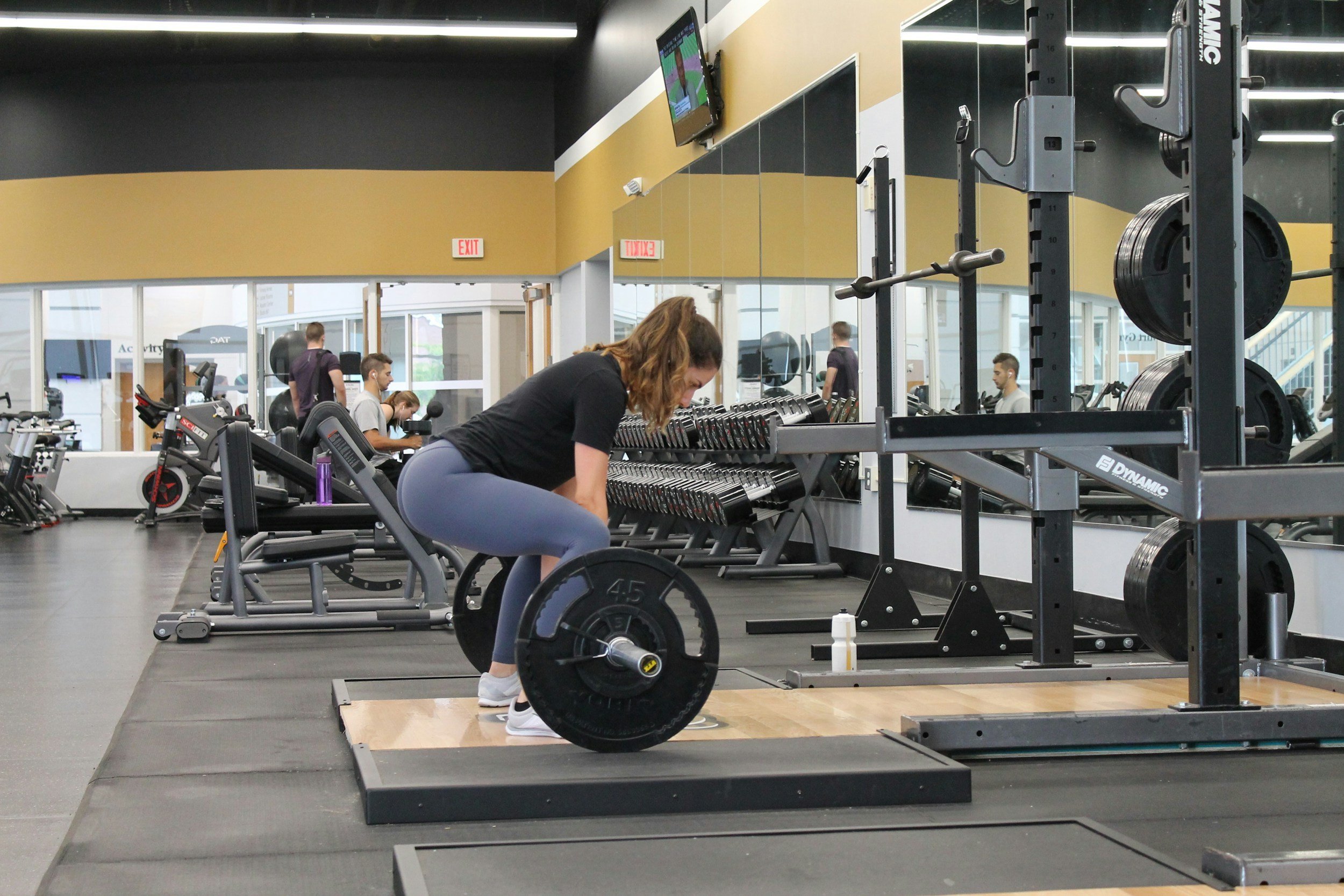Conditioning Work for Runners
Conditioning work is essential for runners to help build strength and stamina through the muscles most affected when running.
The combination of weights and functional movement can not only improve your running technique, but can also help strengthen the joints in the lower body to reduce injury risk.
If you are beginning to get into full swing with your running training, whether that’s building to a race such as a half or full marathon, starting out and aiming to improve, or just running as and when you can - you’ll know how much impact goes through the body and that you can feel a lot of fatigue and your muscles can feel weak.
Gym work doesn’t appeal to everyone, the good news is that you don’t always need a gym to complete some conditioning work as many of the most beneficial execises are functional and bodyweight movements, meaning you can easily do them from home.
We’ve put together some examples of how you could introduce a short strength session into your week:
Bilateral Movements:
Exercises such as Back Squats and Romanian Deadlifts are good examples here, as you can balance the weight across both legs and work multiple muscle groups. If you are looking to develop muscle in your lower body then compound movements are a good choice
Example:
3 x sets of back squats and 3 x Romanian deadlifts (10-12 reps using a weight that you can comfortably do the higher rep range on)
Unilateral Movements:
Unilateral movements are really important for conditioning work, by forcing each leg to work separately it means that they can’t imbalance as easily and your stronger leg won’t compensate for your weaker one. Unilateral and single leg movements also allow you to add some variety to your ting and progress slightly faster.
Example:
single leg glute bridges
split squats or lunges
single leg step ups
If you could complete 10-12 reps on each leg and aim for 3 sets you would add considerable strength to your lower body.
Core Work:
Core work is always important whatever you are training for, if you can engage your core when running you will improve your posture and take pressure off of the lower back. Simple core movements such as dead bugs, leg raises, bird dogs are all good exercises to add in to your training sessions - 10-15 reps of each for 2-3 sets will get your core working!
Upper Body Strength Training:
If running is your primary sport then you will be focusing your strength and conditioning work on the muscles you sue most in your lower body. However training your upper body is important to help your posture, you arm movements when out running and build some stability. There are very simple upper body sequences you can add in - again using compound movements to target more muscle groups.
Example:
Push and Pull exercises such as Bench Press and Press ups - you can aim to do an endurance style of low weight and high repetitions aiming for 10-15 reps
Deadlifting - this will work full body and is good for making each muscle group engage to support the movement
Isolated exercises such as bicep curls, tricep dips and extensions are all helpful for training the parts of the shoulder that keep your arms up when running, when you lack strength in this area you can notice your arms drop down reducing your efficiency on a long run.
Common FAQS:
How often should I complete strength and conditioning workouts?
Depending on how many runs you are completing each week you should aim for 1-2 strength sessions each week, these can be around 30-40 minutes or longer which will allow you to get in a good variety of exercises.
What weight should I use?
Based on using high repetition approach and which exercise you are completing - using a comfortable weight that you could complete around 15 reps with is ideal, you can always increase this if you are looking to push yourself more.
How many sets and reps should I do?
Aim for 2-3 sets of each exercise anywhere between 10-15 reps - you can keep the weight low and comfortable for this endurance style.
When should I train?
Really this depends on your schedule, particularly if you are planning longer runs at the weekend. Mid-week can be a good time to add in a strength session as usually you are doing lighter runs or intervals and so your muscles won’t be as fatigued.
Remember if you are training lower and upper body you can base that on your runs, for example if you are planning a long run but want to train in the two days before - you may want to train upper body so that your legs aren’t fatigued when you run.
